Wondering why soundproofing might be your next big move—or if it’s just overhyped nonsense pushed by home improvement gurus? Here’s why it’s worth the effort for a quieter life—whether you’re dodging traffic noise rattling your windows or craving silence in a home buzzing with kids, roommates, or a TV that never sleeps.
Noise isn’t just background chatter—it’s a relentless thief of peace and productivity, worming into every moment of your day. This guide cuts through the noise—pun intended—to reveal why soundproofing matters, backed by science, real estate trends, and fixes I’ve seen turn chaos into calm firsthand.
For beginners, the essentials are out there in a resource like soundproofing basics—it’s a solid way to start understanding this stuff. Soundproofing isn’t about chasing perfect silence—it’s about controlling what you hear in a world that’s louder than ever.
By the end, you’ll see why it’s not a quick patch—it’s a game-changer for anyone tired of noise calling the shots. Let’s unpack the real reasons it’s worth your time and a few bucks.
WHY SOUNDPROOFING?
Soundproofing slashes noise to boost privacy, focus, sleep, and home value—using barriers like drywall or insulation, it’s a practical fix for today’s racket. It blocks outside clamor or traps your sounds inside—reason enough to make it a no-brainer for any space craving quiet.
Why Does Noise Matter Enough to Soundproof?

Noise isn’t just irritating—it’s a health wrecker, jacking up stress and gutting sleep quality before you even clock it. The World Health Organization says chronic noise over 55 decibels—think steady traffic or a loud neighbor—hikes heart disease risk by 8% over ten years, thanks to stress hormones that won’t quit.
Not all noise hits the same—some types sneak through walls, others thud through floors. You can break it down with a concept like types of noise—it shows why soundproofing has to tackle both airborne chatter and impact thumps differently.
Picture your day—jackhammers outside at dawn, kids hollering through thin walls, or a TV blasting past midnight. Soundproofing doesn’t just hush that—it turns your space into a sanctuary, not a battlefield where you’re dodging sonic bullets.
I’ve been there—lived near a bus stop once; the nonstop rumble drove me nuts until I sealed the windows tight. Urban noise averages 60-70 decibels—enough to disrupt everything from naps to deep thought—but soundproofing can slice that by 20-30 decibels with basic fixes.
Suddenly, 65 drops to 35—calm isn’t a pipe dream; it’s a wall away. Noise shapes your mood and health more than you’d guess until it’s gone—soundproofing makes that real.
Why Soundproof for Privacy?
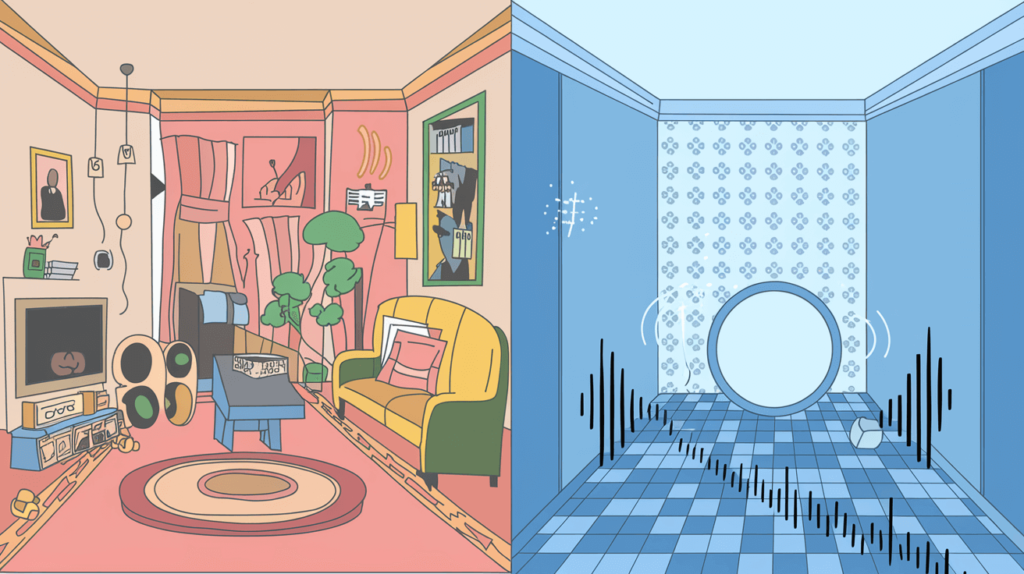
Soundproofing keeps your words locked in—crucial for apartments where flimsy walls let every whisper slip to the neighbor’s ear. Slap on mass-loaded vinyl (MLV)—about $2 a square foot—or an extra drywall layer, and your space becomes a fortress; no one’s catching your late-night calls or movie rants.
It’s not just city life—imagine a home office where client chats need to stay hush, or a shared house with roommates who hear too much. A friend in a duplex rigged MLV after her Zoom meetings leaked through—now, her space is her own, no nosy interruptions.
The trick’s simple—pile on dense stuff to stop sound waves cold, no wizardry needed. Privacy’s mechanics are straightforward, and a rundown like how soundproofing works spells out how it works without overcomplicating it.
Without it, you’re exposed—every laugh or shout spills out, turning your home into an open mic night. Soundproofing flips that—quiet’s your right, not a favor you beg from thin walls.
Become an Acoustics Insider!
Gain access to expert insights on acoustic panels, soundproofing, soundbars, DJ controllers, MIDI setups, turntables, and more—plus exclusive tips and gear recommendations to perfect your audio world.
We value your privacy—unsubscribe anytime, no spam ever, using the link in our newsletter.
Why Soundproof for Better Sleep?
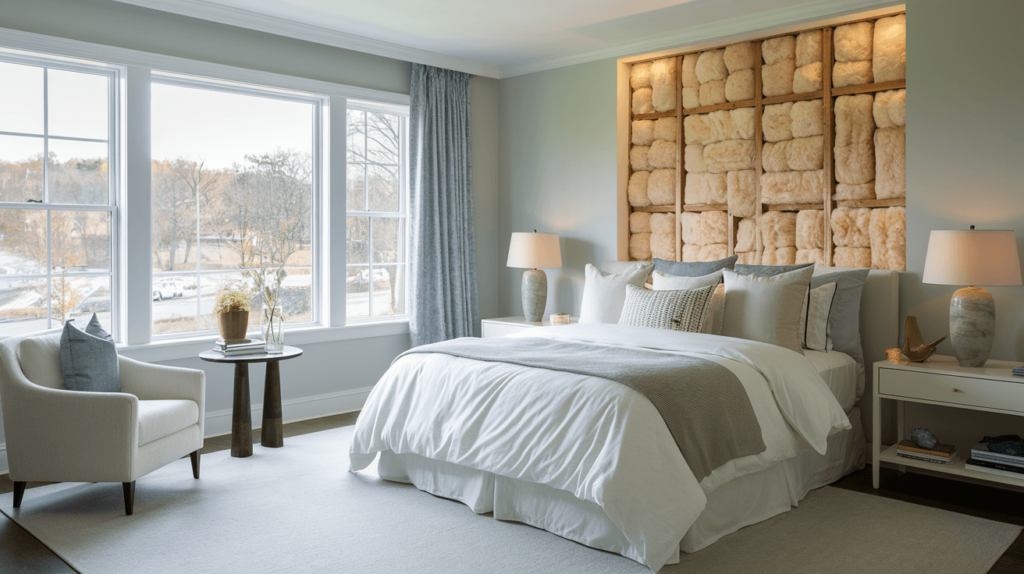
A quiet room equals deeper sleep—soundproofing blocks traffic hum, snoring, or barking dogs with insulation like fiberglass or mineral wool packed snug between studs. The National Sleep Foundation says 30 decibels is the sweet spot—urban streets hit 70, but soundproofing can cut that by 20-40 decibels with a $200 window upgrade.
I’ve seen it in action—a client near a highway added double-glazed windows and insulation; she went from waking every hour to sleeping through the night. It’s not hocus-pocus—it’s heavy materials and tight seals keeping noise out so your brain can clock out too.
Results speak loud—a piece like does soundproofing work digs into how it stands up to real noise pests. Your bedroom’s a war zone without it—50-decibel snores or 60-decibel cars steal rest, leaving you ragged.
Shift workers or light sleepers suffer most—every honk or creak jolts them awake, no mercy. Soundproofing turns that around—$20 weatherstripping buys you peace, not pills, for solid shut-eye.
Why Soundproof to Boost Focus and Work?

Noise trashes focus—soundproofing an office with thick barriers kills distractions like chatter, machinery, or street buzz that yank you off track. Cornell University research shows a quiet workspace can juice productivity by 20%—no more losing your groove to a lawnmower or a coworker’s loud yakking.
Picture an open-plan office where calls collide, or a home desk by a road with horns blaring every ten minutes. A colleague sealed her study with drywall and weatherstripping—her focus snapped from scattered to razor-sharp, and her work piled up faster.
Echoes are a different fix—a comparison like soundproofing vs sound absorption sorts out why blocking beats softening for work zones. Distractions bleed time—studies say 40-decibel chatter doubles reaction time, stretching an hour’s task into two.
Soundproofing drops that to 20 decibels—$15 in sealant buys you a zone where thoughts flow, not fumble. Without it, you’re fighting a losing battle—noise wins, and your deadlines lose every time.
Why Soundproof for Home Value?
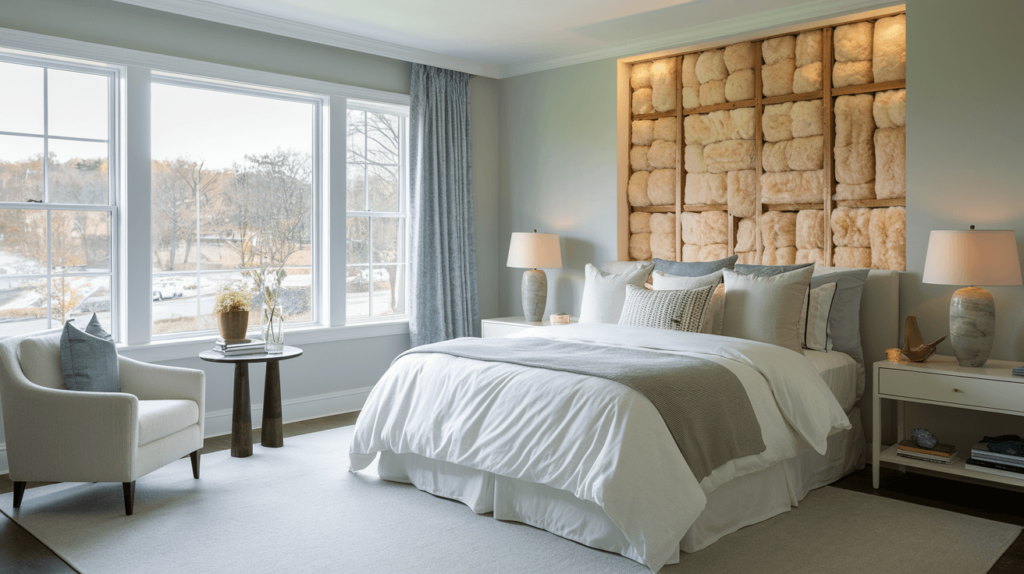
A soundproofed home pops—buyers shell out more for quiet, especially near highways, airports, or train tracks where noise tanks deals. Zillow data pegs noise reduction at a 5-10% value boost—a $15,000 jump on a $300,000 house beats out noisy comps any day.
I watched it play out—a seller near a train line added insulation and windows; bids spiked 7% over comps in a week flat. It’s not fluff—quiet’s a hot commodity in loud zones where calm is scarcer than gold.
Numbers back it up—a metric guide like measuring soundproofing effectiveness shows how much noise you’re cutting, and buyers eat that up. Spend $1,000 on insulation now, and it’s cash in the bank later—your home’s quiet vibe sets it apart.
Without it, 60-decibel streets drag appeal down; listings rot while quieter pads fly. Soundproofing flips the script—your place isn’t just another house; it’s the peaceful one they want.
Why Soundproof Before You Need It?
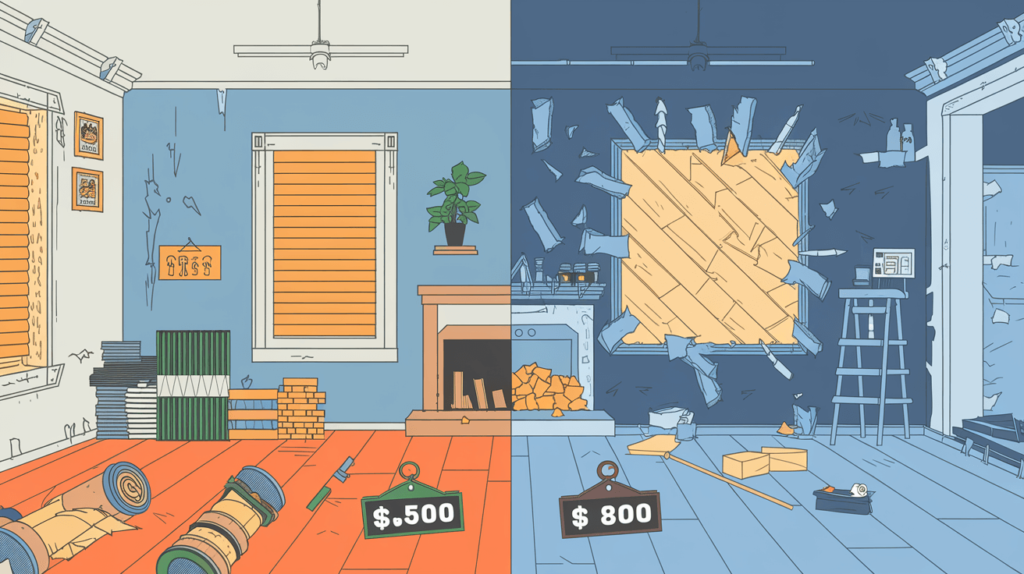
Preemptive soundproofing dodges chaos—tuck insulation or MLV into a reno now, not after noise slams you and you’re ripping walls apart. Pros say retrofitting costs 30-50% more than doing it upfront—$500 during a remodel beats $800 later, minus the drywall dust everywhere.
A buddy got burned—new neighbors brought drums; he kicked himself for skipping insulation during his last redo. Noise doesn’t RSVP—it hits when you’re not ready, like a new road project or a loud tenant next door.
Options vary—solo fixes like $10 caulk work, but big jobs need pros, and choosing between DIY and professional soundproofing breaks it down. Soundproofing now keeps you ahead—proactive beats reactive, saving sanity and cash.
Why Test Soundproofing’s Impact?
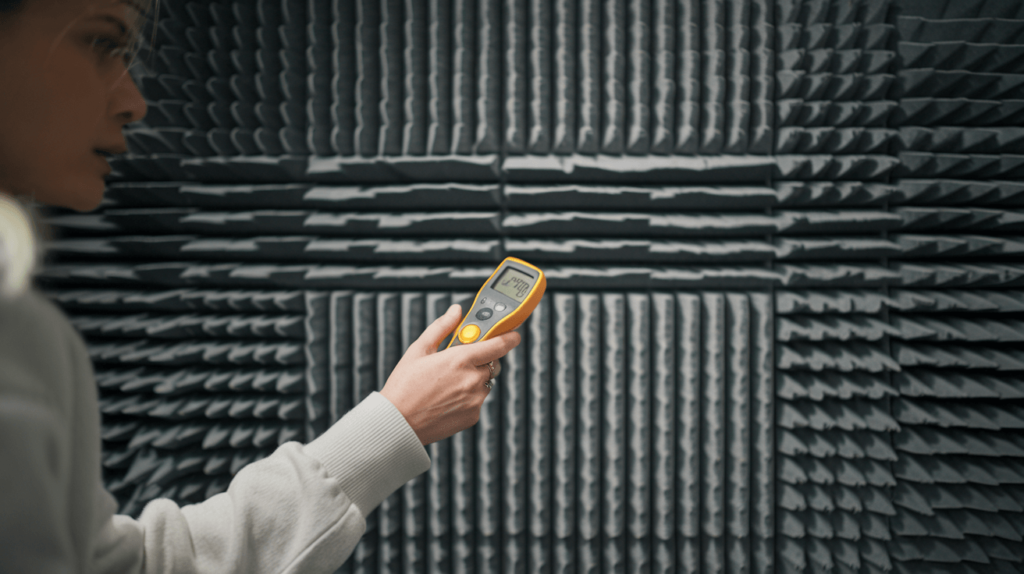
Testing shows it’s real—soundproofing slashes decibels you can clock with a $20 Amazon meter, no lab coat required. You’ll hear—and see—60 decibels of street noise drop to 35 with a sealed window; it’s proof, not wishful thinking.
I gave it a shot—sealed a window and checked; the meter read a 15-decibel cut, and the hum just vanished. A method like how to test soundproofing walks you through it—tweak gaps with $5 caulk if it’s not enough.
Quiet’s not a hunch—testing turns effort into results you can trust. Without it, you’re guessing—did that $100 insulation work, or are you still at 50 decibels?
Conclusion
Soundproofing delivers—privacy, sleep, focus, value, and prep make it a slam dunk for anyone fed up with noise running the show. Noise isn’t optional; your fix is—$10 seals or $500 walls can reclaim your space from the chaos outside.
A full rundown like wraps it all up—dive in if you’re ready to master silence.
